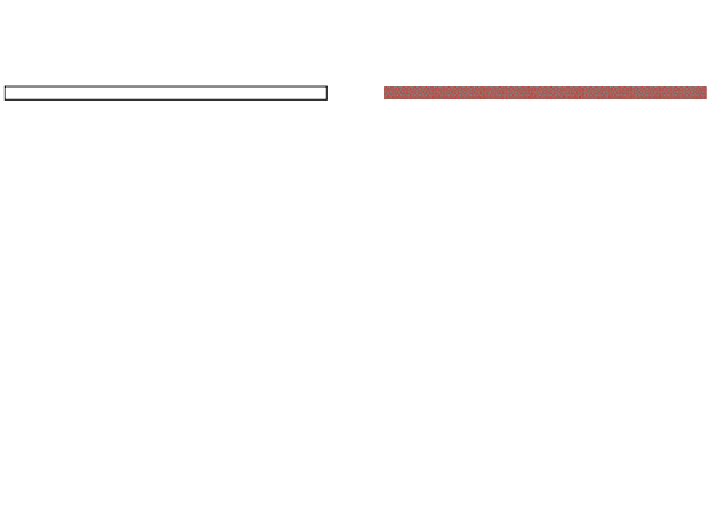Biomedical Engineering Reference
In-Depth Information
Baseline
Cell-cell force
Traction force
+ Thrombin
Compliant
Matrix rigidity
Stiff
Fig. 5 Stiffening of the extracellular matrix makes the endothelium more susceptible to
hyperpermeability responses. In response to thrombin on a compliant matrix, endothelial cells
comprising the monolayer contract collectively, intercellular gaps do not form, and the
monolayer stays intact. In response to thrombin on stiffer matrices, cells comprising the
monolayer contract individually, large gaps arise between adjacent cells, and the monolayer
becomes severely disrupted. These disruptive effects on stiffer substrates are promoted by larger
physical force magnitudes [
3
]
interest, these sites of high rigidity coincided with clinically identified athero-
sclerotic plaques. It is tempting to speculate that increased endothelial perme-
ability induced by vascular wall stiffening at high-risk zones would play a central
role in atherosclerotic lesion and plaque development, since leaky junctions within
the endothelial monolayer contribute to LDL accumulation in the vessel wall [
58
].
Whether similar effects are applicable in diseases that involve progressive
stiffening of the endothelial extracellular matrix, including acute lung injury,
hypertension, and cancer, remains to be studied.
4 Conclusions and Perspectives
Originally thought to be a cellophane-like passive barrier lining all blood vessels,
currently the endothelium is well-appreciated to act as an active barrier. A con-
tinuous remodelling of the junctions is ongoing, providing the endothelium with an
enormous plasticity.
It has also become apparent that the maintenance of an existing barrier requires
active cellular signaling which shares common features with signaling mecha-
nisms involved in the barrier maturation process of new vessel formation [
59
]. The
maintenance of the endothelial barrier depends on RhoA, Cdc42 and Rac1 acti-
vation. RhoA activity decreases upon gap closure due to VE-cadherin and p120ctn
engagement. The binding of the AJs to the actin cytoskeleton involves Cdc42,







































































Search WWH ::

Custom Search